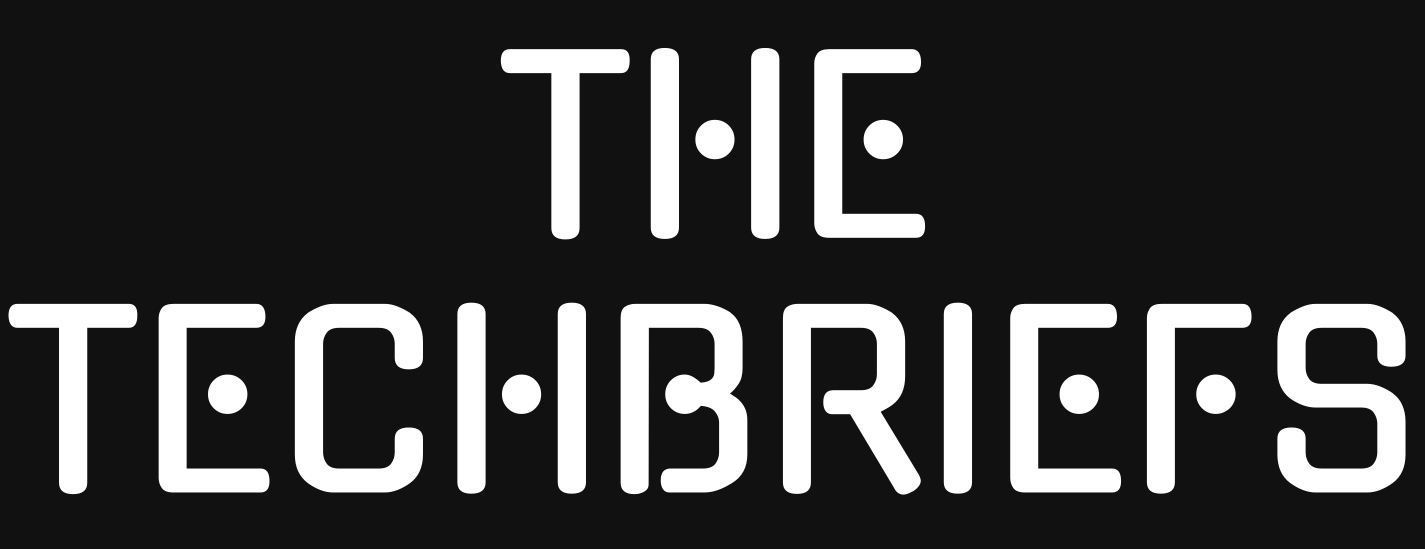, /PRNewswire/ — In a significant recognition of its impact on STEM education, NeuroMaker STEM’s flagship NeuroMaker Hand 2.0 and companion BioSensor Kit recently won a prestigious iF Design Award. This honor, rarely bestowed on K-12 hardware, highlights the growing importance of equipping students with advanced technology skills in America.
This hands-on approach to learning comes at a critical time. America’s technological edge could dull fast if it cannot staff the laboratories, fabs, and factory floors where advanced systems are built. The White House’s 2024 Critical and Emerging Technologies list singles out fields such as Artificial Intelligence, Human–Machine Interfaces, and Autonomous Robotics as decisive for national security. Yet a Deloitte Manufacturing Institute study finds that as many as 1.9 million of the 3.8 million high–skill jobs likely to open by 2033 could remain vacant, while Bureau of Labor Statistics tables project 10.4 percent growth in STEM employment between 2023 and 2033- more than twice the pace of the overall labor market. Manufacturers already report nearly half a million unfilled posts this spring alone, prompting economists to warn of a potential $1 trillion drag on GDP by decade’s end.
One Boston startup has become an unlikely rallying point for educators looking to close this gap. NeuroMaker STEM, co-founded by engineer-turned-entrepreneur Jianing Li in 2020, ships classroom kits that provide hands-on exposure to the very technologies Washington prioritizes. The company’s innovative approach, validated by both the recent iF Design Award and a Red Dot Design Award, allows middle and high school students to assemble neuro-prosthetic hands, stream real-time biosignals, and program AI-driven motion routines to create real world solutions instead of just classroom projects.
Early results are striking. Lexington County, South Carolina equipped 30 ninth graders with the kits; district data logged double digit gains in coding proficiency and a sharp rise in female enrollment in robotics electives. A statewide expansion plan is now under way: preliminary figures show schools using NeuroMaker produced 36 percent more students earning a Perkins–recognized “credential of value” within 12 months. Nationwide, students at San Miguel Academy in New York used NeuroMaker programs to assemble prostheses and then paired up with local veterans’ groups for capstone demonstrations, blending technical rigor with community service.
In Washington, momentum behind classroom AI and robotics is unmistakable: last month’s presidential order “Advancing Artificial Intelligence Education for American Youth” calls on agencies to seed K–12 AI literacy through public–private partnerships, while the Carl D. Perkins V program channels $1.4 billion a year toward “credentials of value” in high skill career pathways. The National Science Board, for its part, warns that a STEM talent crunch in critical tech fields “threatens the nation’s security, economic prosperity, and global prominence”. Investors are tuning in as well: analysts peg the educational robotics market at $5.7 billion by 2030, nearly triple its 2024 size, giving scale–ups like NeuroMaker STEM a clear runway.
The company’s flagship kit descends directly from frontier prosthetics research. DARPA’s long–running Revolutionizing Prosthetics program showed that brain and muscle derived signals could restore near–natural hand control to amputees, and European teams recently unveiled a magnetically actuated prosthetic hand that users can move “simply by thinking”. NeuroMaker distills the same bio–signal capture and AI–driven actuation into a classroom project: students assemble and design prosthetic parts, program sensor modules, train lightweight neural networks on their own EMG or EEG data, and watch the prosthesis spring to life- turning today’s headline breakthroughs into tomorrow’s homework assignment, and solve real-world problems via real-world learning.
Economists caution that without rapid pipelines for AI–robotics talent, U.S. manufacturers could leave 1.9 million high–skill jobs unfilled by 2033, draining up to $1 trillion from GDP. By handing teenagers industry-derived hardwares that they can build, code and recreate, along with standards-aligned curriculums and projects, NeuroMaker STEM shows how the gap can be closed—now, not next decade.
SOURCE NeuroMaker STEM

WANT YOUR COMPANY’S NEWS FEATURED ON PRNEWSWIRE.COM?
![]()
440k+
Newsrooms &
Influencers
![]()
9k+
Digital Media
Outlets
![]()
270k+
Journalists
Opted In


